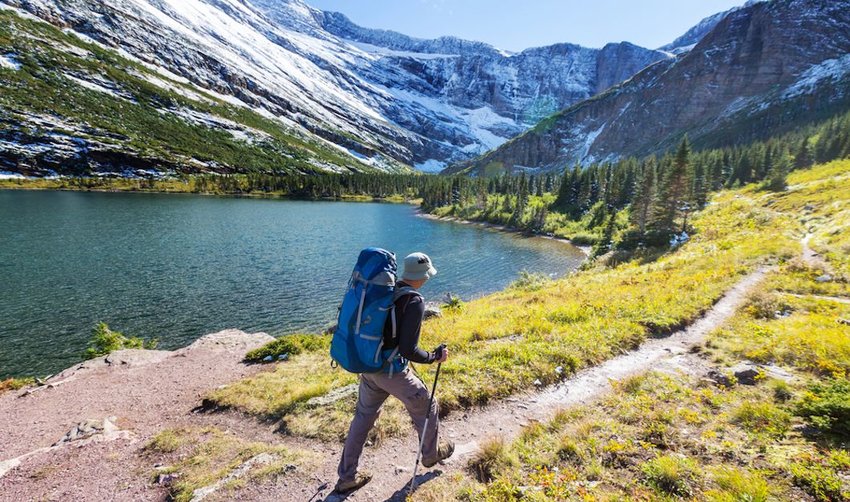With more than 400 unique national park sites in the United States alone, there’s no shortage of beautiful trails to hike or mountains to climb. With the right preparation, each adventure can be a memorable experience — for all the right reasons. To get you fully ready to lace up your hiking boots this season, we spoke with a few park rangers about what everyone should know before hitting the trails. Whether you’re a seasoned hiker or just getting into the swing of things, here are park rangers' best hiking hacks for an amazing (and safe) experience.
Don’t Rely On Technology
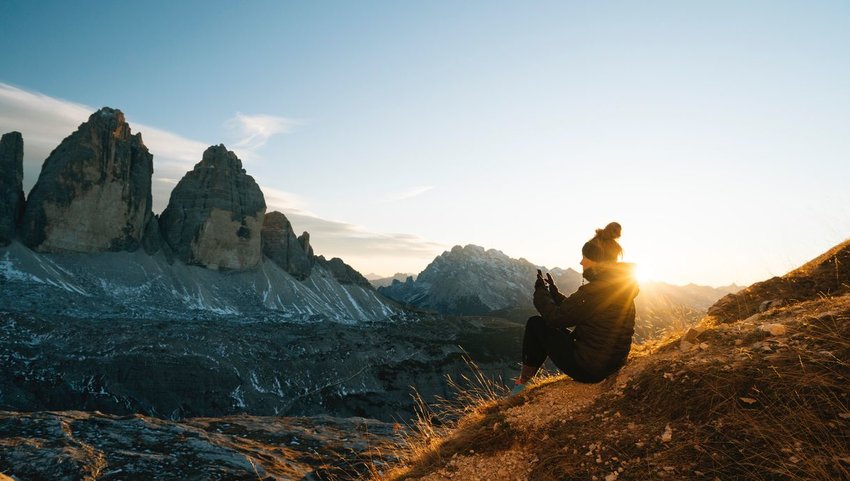
These days it’s normal to rely on your phone or tablet for getting around but, on a hike, that dependence comes with a risk. “If using maps on a phone or other device, take screenshots before you head out so you have them if you don't have a signal,” says Kathleen Sandt, Public Affairs Specialist and longtime Park Ranger at Delaware Water Gap National Recreation Area. Taking screenshots ensures you will have ongoing access to your map throughout the hike. But to fully secure yourself, go old school and print out a map or grab one from the park’s visitor center. This takes away the stressful risk of your device dying and your map disappearing with it.
Carry A Portable Charger
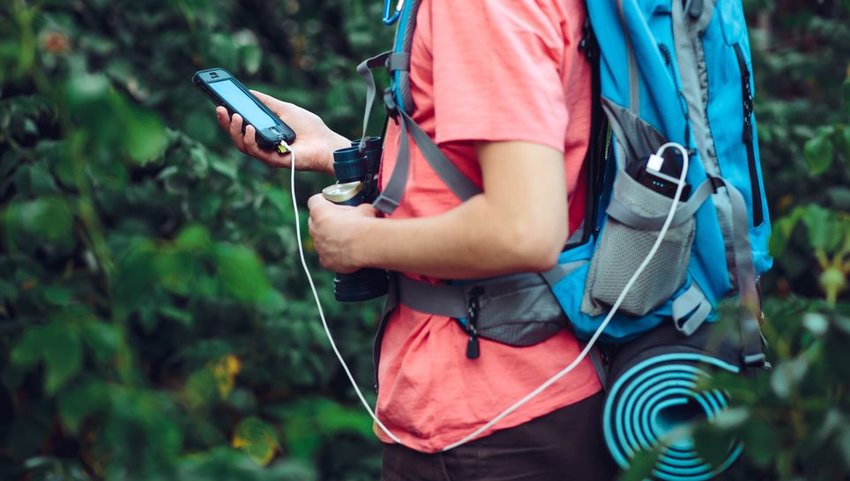
If you choose to forego the paper map or just want to get as many pictures as you can during your hike, don’t forget a portable charger. “Make sure you're all charged up and have a backup charger with you because you'll likely be draining your battery taking all those beautiful pictures along the way,” says Sandt. Better yet, find one with a built-in flashlight if you plan on staying out after dark.
Bring Plenty of Water
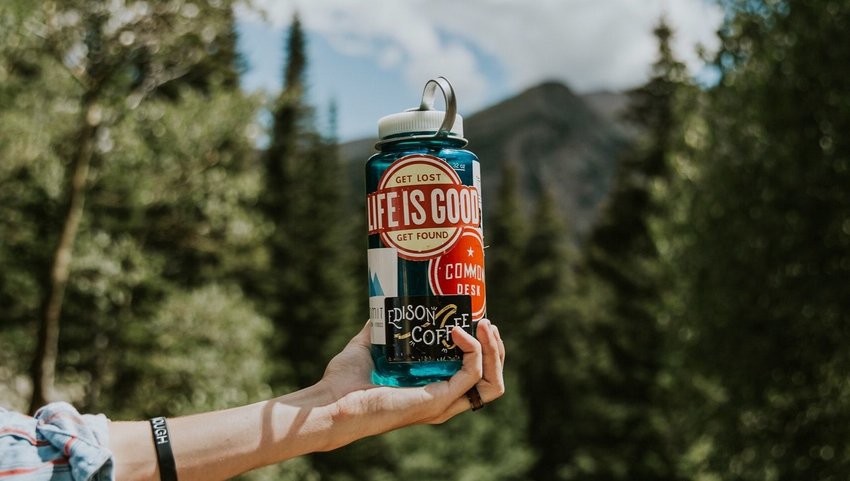
It can not be stressed enough to make sure you carry the recommended amount of water with you. Heat stroke and dehydration are very real risks to hikers, especially as temperatures climb. “Carry plenty of water for you and your dog (if you bring one). You'll be surprised how much you drink on a hot and humid day. We recommend carrying one quart per hour when it's hot out,” says Sally Hurlbert Management Specialist and Park Ranger at Shenandoah National Park. Is it a pain to carry more than you think you need? Yes. Should you bring the recommended amount of water anyways? Also yes.
Look Before You Step
The best thing you can do to avoid snakes and other threats is to be aware. “Never put your hands or feet where you can't see. This is especially true for those hiking in snake territory. For instance, don't step over a rock if you can't see what's on the other side. Step up, look, step down,” says Sandt. “In the park where I work, we have timber rattlesnakes and they are fairly common on some trails during certain times of year. They are not aggressive, but, like a lot of humans I know, they do not like to be surprised and can strike if startled.” Take your time as you hike, especially if snakes are commonly spotted in the area.
Stay On The Trail
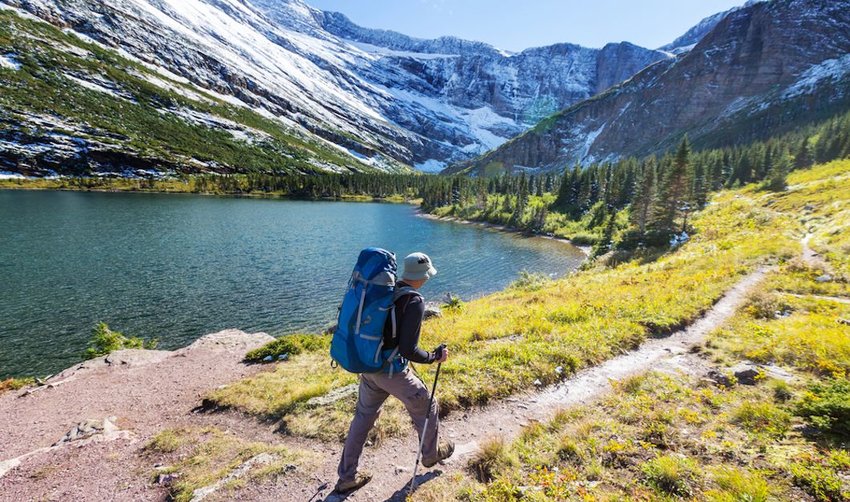
Another great way to avoid snakes and other undesirables is to stay on the marked path. While the idea of exploring more of the area can be enticing, Hulbert cautions against leaving the trail, “If you don't know how to recognize poison ivy or stinging nettle, your hiking experience may be ruined if you brush up against one of those plants.” In addition to encountering dangers, veering of a designated trail can cause immense harm to the surrounding ecosystem. There is so much to see from the designated path so don't risk harming yourself or your surroundings by carving your own trail.
Give Everyone A Map
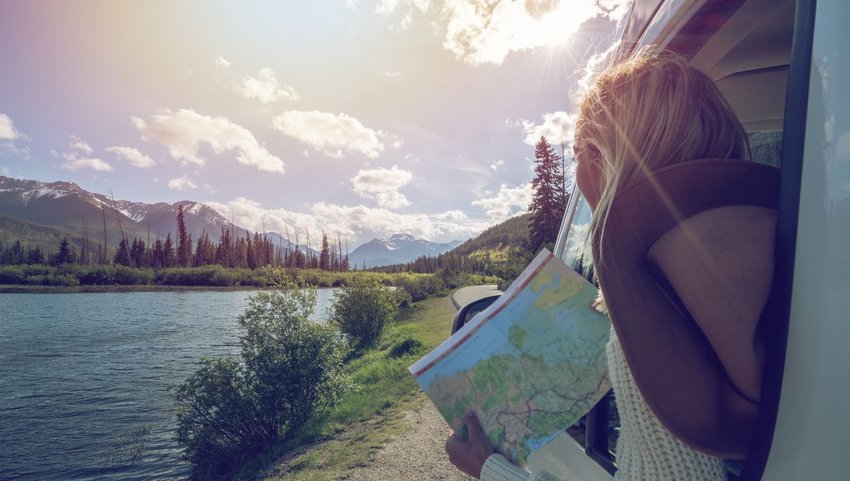
While groups should do their best to stay close together during a hike, it’s always a good idea for each person to be equipped with the information they need to get back safely. Sandt recommends group members take a photo of the map or carry their own copy as they hike. This takes away extra risk if one or more people are separated or if a map is lost.
Dress In Layers
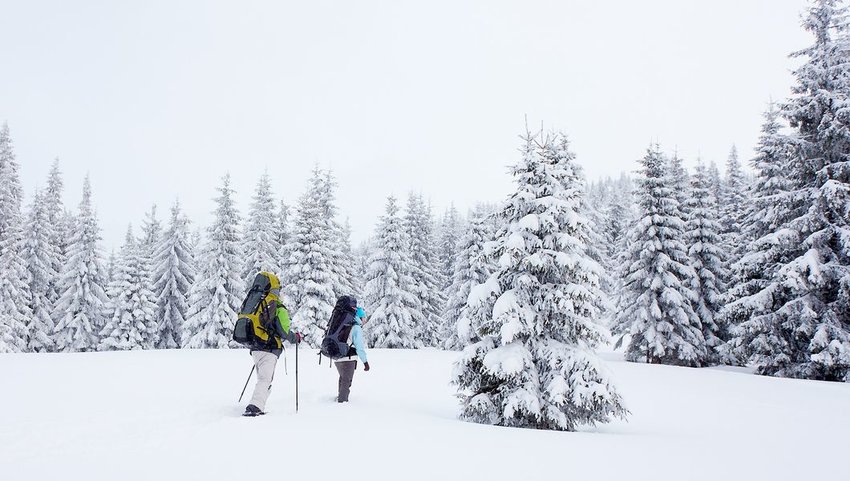
As you hike, the temperature can change significantly as you move through different altitudes and exert varying levels of energy. To stay comfortable along your journey, Hurlbert stresses the importance of dressing in layers, including a rain jacket. “Be sure to look at the weather forecast before you begin your hike and expect the unexpected,” she says. “Pop-up storms can happen without warning.” Better to bring a rain jacket and have an endlessly sunny day than to face a storm without one.
Use A Lint-Brush To Get Rid of Ticks
No one wants to bring a tick home with them and risk a tick-borne disease. “If ticks are common where you hike, it is important to take every precaution to keep them off you in the first place and to take measures after your hike.” says Sandt. “I carry a lint brush in my backpack-the kind with the sticky paper that you unroll as you go and can pick up for a few bucks just about anywhere. It's a quick and easy way to make sure your clothing is free of the tiny eight-legged suckers until you can get somewhere where you can do a thorough tick check.” This hack can help keep you tick free as you end a beautiful day weaving through nature.
Know Proper Procedure For Encountering A Bear
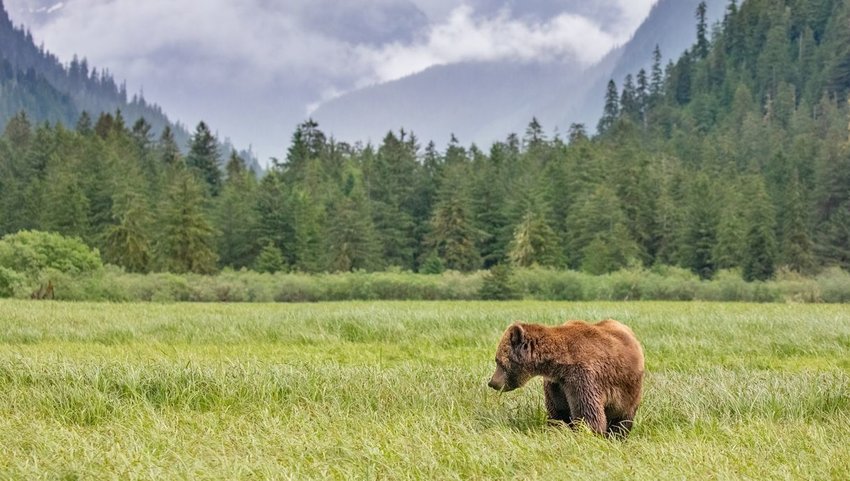
While you’re not likely to come across a bear during your beautiful hike, it’s better to be prepared just in case. “If you encounter a bear on the trail, the first thing you should do is gauge your distance,” explains Hurlbert. “If you are closer than 150 feet away from a bear, you should begin to back away slowly and get 150 feet between you and the bear. Don't turn your back to the bear and never run. Talk to the bear so it knows you are there. If you are farther than 150 feet away, you can probably just stop and enjoy the bear sighting. Always keep a 150 foot distance between you and the bear.” In any case, stay as calm as you can as you maintain the same space as such a majestic creature.

